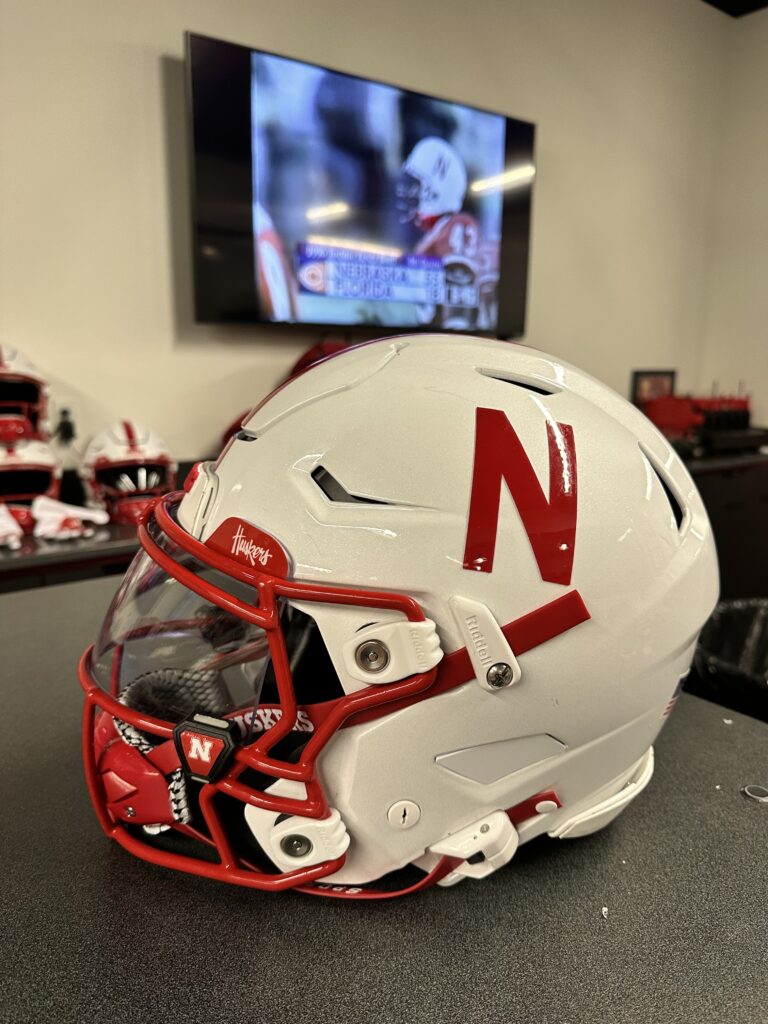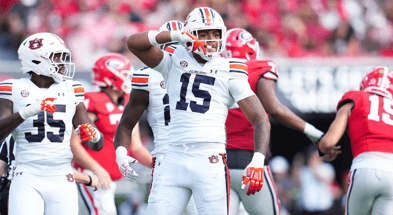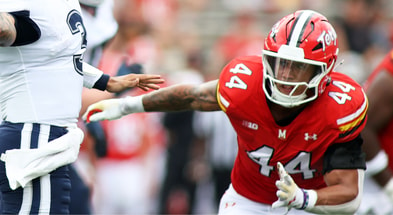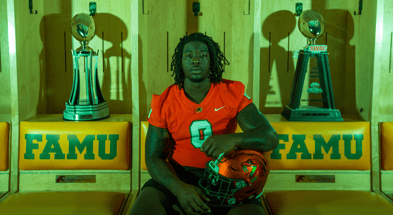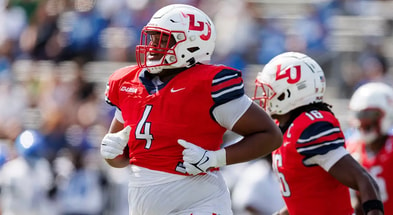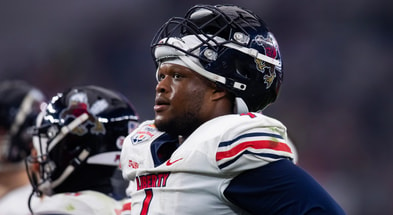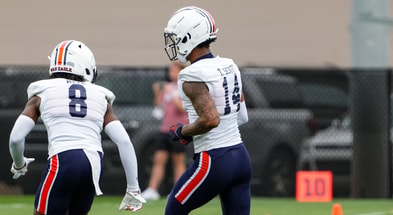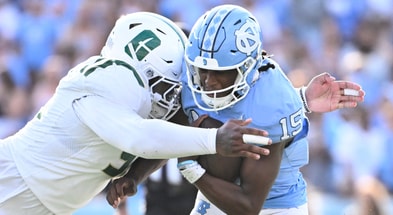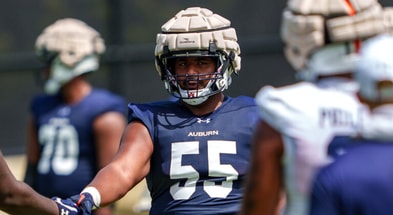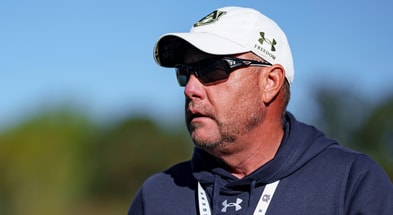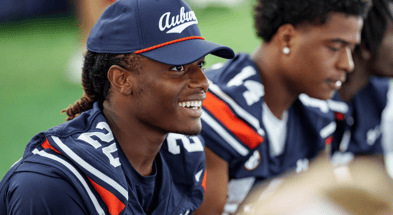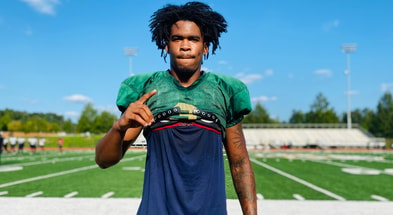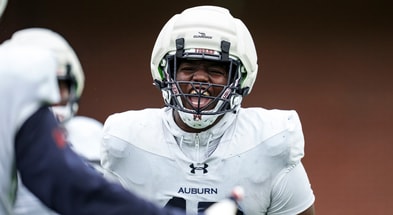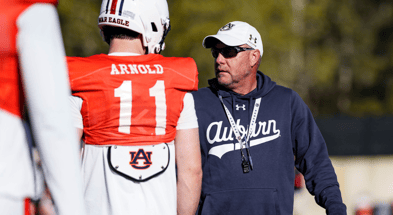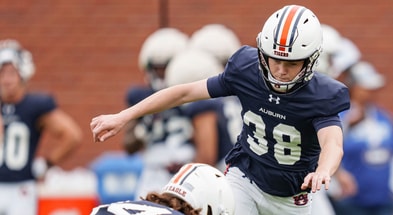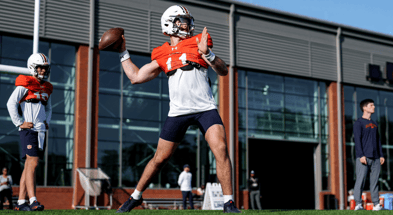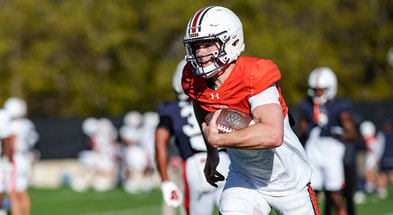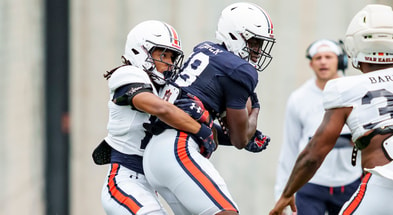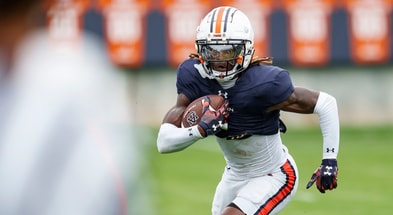Auburn set to utilize XO Armor 3-D printed earhole covers to reduce crowd noise

AUBURN — Helmet communications within college football are the hot topic to start the season and XO Armor is helping football programs, including Auburn, create more of an advantage when it comes to communicating from the sideline to the field.
For Auburn, that advantage will start on Saturday against Cal.
The Tigers will utilize specially made earhole covers that XO Armor created for NCAA helmets to help reduce unwanted noise and allow players to better hear their coaches with the new in-helmet comms that are new to the NCAA this year.
“Because we have our custom technology that gets the dimensions accurately, we’re able to make a piece that snaps in. It’s such a tight fit, that it snaps in,” CAD lead engineer Brandon Raetz said. “It’s a nice, clean look.”
Raetz actually graduated from Auburn this spring and now works full time for the company.
Originally created for QB1s, the covers will also be made for defensive players that utilize the in-helmet comms. Ohio State and Nebraska both featured the earhole covers on opening weekend, with Auburn debuting the technology with their team in week two.

XO Armor is based in Auburn, Ala. and run by Auburn and Stanford graduate and current Alumni Engineering Council Endowed Associate Professor Michael Zabala. Auburn Live wrote about XO Armor and Auburn’s relationship starting in August of 2021, as the company designs and manufactures 3-D printed guards and braces for athletes.
The earhole covers haven’t been used during any fall camp practices. Saturday’s game against Cal will be the first time Auburn utilizes the technology.
Top 10
- 1New
Shedeur Sanders prank call
New video/audio emerges
- 2Hot
RG3 hammers NFL execs
Over Shedeur Sanders situation
- 3Trending
Shedeur Sanders
Breaks silence after Day 2
- 4
10 Best Available Players
After Rounds 1-3 of NFL Draft
- 5
Picks by Conference
SEC, Big Ten continue to dominate Draft
Get the On3 Top 10 to your inbox every morning
By clicking "Subscribe to Newsletter", I agree to On3's Privacy Notice, Terms, and use of my personal information described therein.
The cover is made out of plastic that XO is able to rapidly manufacture. The geometry is very exact, with one pair of covers taking less than 30 minutes to create.
“It’s a quick process, so we’re able to get them out to clients when they need them,” Raetz said.
The Coach-to-Player communications cut off at 15 seconds left on the play clock, so neither offensive or defensive players can hear communication from the sideline after that point.
Tigers’ head coach Hugh Freeze said the team didn’t have any issues with in-helmet comms during their season opener against Alabama A&M, only adding that he will focus on trying not to overload the quarterback with too much information as the play clock is hitting 15 seconds.
Freeze said too much information late in the clock can “startle” his quarterbacks, so he’s working on being concise and trusting the quarterback that’s in the game to make the right calls and adjustments.

